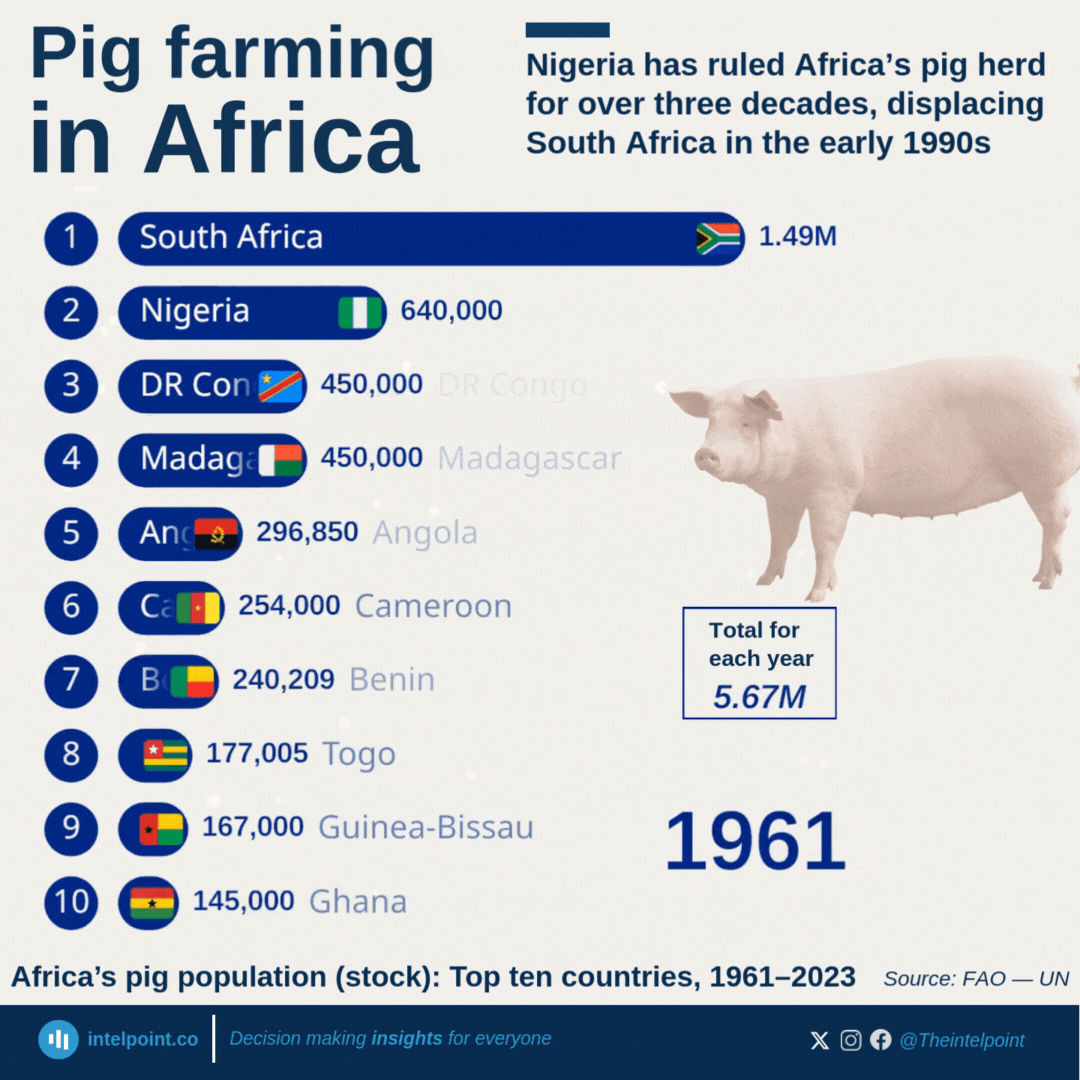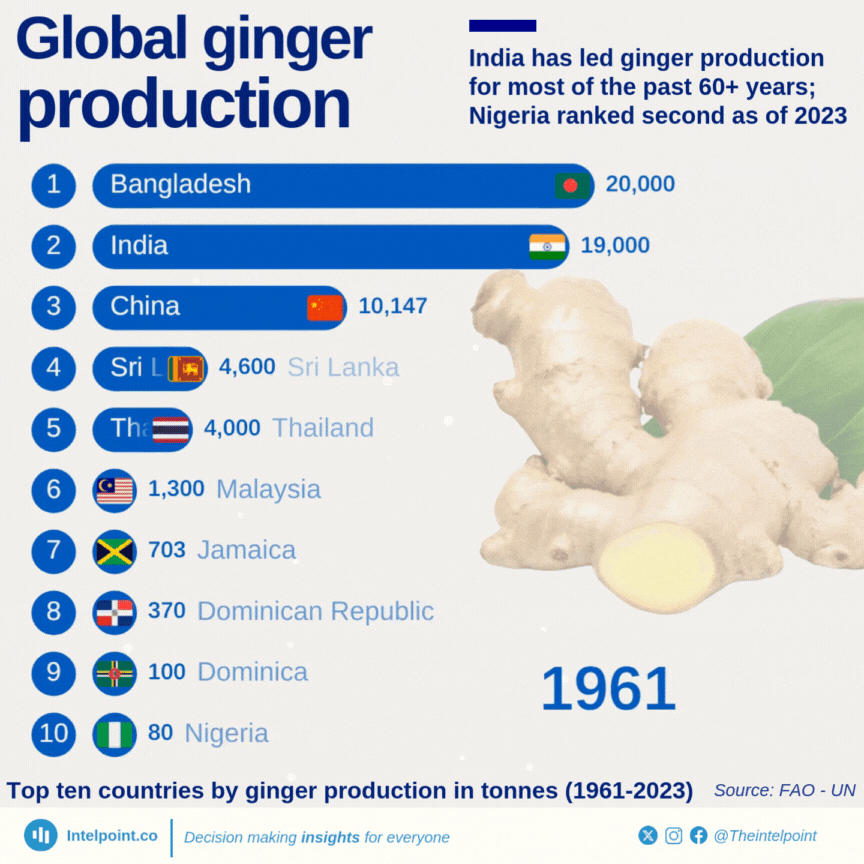From 2019 to 2022, Africa’s largest forest-owning countries all recorded shrinking forest areas. DR Congo, the continent’s top forest owner, faced the steepest decline, from 1,272,566 km² to 1,239,524 km². Angola and Tanzania also saw losses, as did Zambia and Mozambique, showing that forest loss remains a challenge across Africa.





